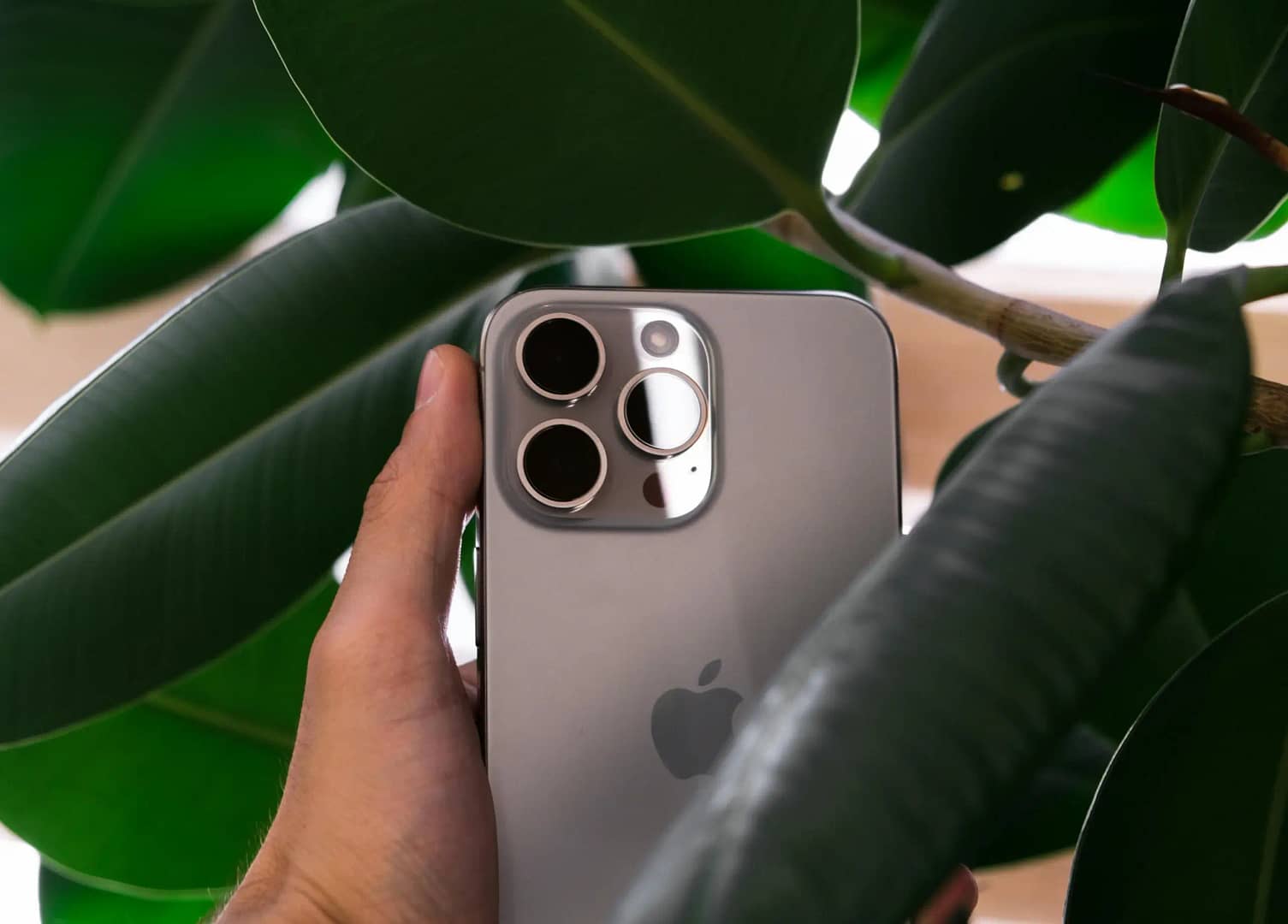The iPhone 15 Pro has been my daily companion for the past two months, offering a blend of impressive features and notable drawbacks. In this detailed review, we’ll explore the highs and lows of Apple’s latest smartphone, breaking down the good, the mid-level features, and the not-so-great aspects that shape the user experience.
iPhone 15 Pro Pitfalls
Starting with the positive, the adoption of USBC emerges as a standout feature. Despite initial skepticism about its utility with MagSafe Chargers prevalent, the convenience of a universal charging cable has proven invaluable. The versatility of a common cable for all devices stands out, making the upgrade to the iPhone 15 worthwhile for this feature alone. Additionally, the shift to a titanium design, though questioned for its premium feel compared to stainless steel, brings a remarkable reduction in weight. The reviewer acknowledges the need for protective cases like Rhino Shield’s, which coincidentally sponsors the content, showcasing their range of cases and underlining their commitment to environmental sustainability.
Moving beyond physical changes, the iPhone 15 Pro addresses a significant concern from the previous model by enhancing photo processing on the cameras. The new 48-megapixel sensor, criticized in the iPhone 14 Pro, has undergone improvements, producing photos that the reviewer describes as “ridiculous” and a step change in quality. The colors are lauded for their accuracy, signaling a return to the iPhone’s dominance in photography.
Transitioning to mid-level features, the video discusses the impact of thinner bezels, initially anticipated to be more noticeable. However, the reviewer admits that, with a case, the difference fades into the background. The action button, while praised for its usefulness in specific scenarios, is deemed less impactful for users who keep their phones on silent. The mid-section also touches on battery life, which initially raised concerns but has stabilized to provide a day’s use, though the reviewer expresses reservations about potential degradation over time.
As the analysis progresses, attention turns to the A7 Pro chip, critiquing Apple’s emphasis on gaming features that might not resonate with the majority of users. The reviewer questions the prioritization of performance over efficiency, suggesting that most users would appreciate a focus on better battery life and overall efficiency. The discussion touches on Apple’s attempts to extend battery life through software settings, highlighting the limitations of charging to 80% nightly.
The transition to the “bad” section introduces a significant point of contention—the A7 Pro chip. While acknowledging its technical prowess, the reviewer argues that its focus on gaming features is misplaced, advocating for a chip that prioritizes efficiency and battery life, the aspects that truly impact everyday users.
The final critique centers on the camera system, despite its earlier praise. The change in the minimum focus distance on the iPhone 15 Pro is highlighted as a drawback, affecting the clarity and quality of close-up shots. The reviewer notes that this issue isn’t entirely new, as Apple had adjusted the minimum focus distance in the iPhone 14 Pro. Despite expectations for improvement, the reviewer suggests that the issue has worsened, impacting the overall camera experience.
In conclusion, this analysis offers a nuanced perspective on the iPhone 15 Pro, praising its notable features while critiquing aspects that fall short of perfection. The review emphasizes the device’s strengths, such as the adoption of USBC, titanium design, and improved camera processing, but does not shy away from addressing concerns related to the A7 Pro chip and camera system’s minimum focus distance. As users weigh the pros and cons outlined in this review, it becomes evident that the iPhone 15 Pro, though not flawless, represents a notable step forward in Apple’s ongoing pursuit of smartphone excellence.
